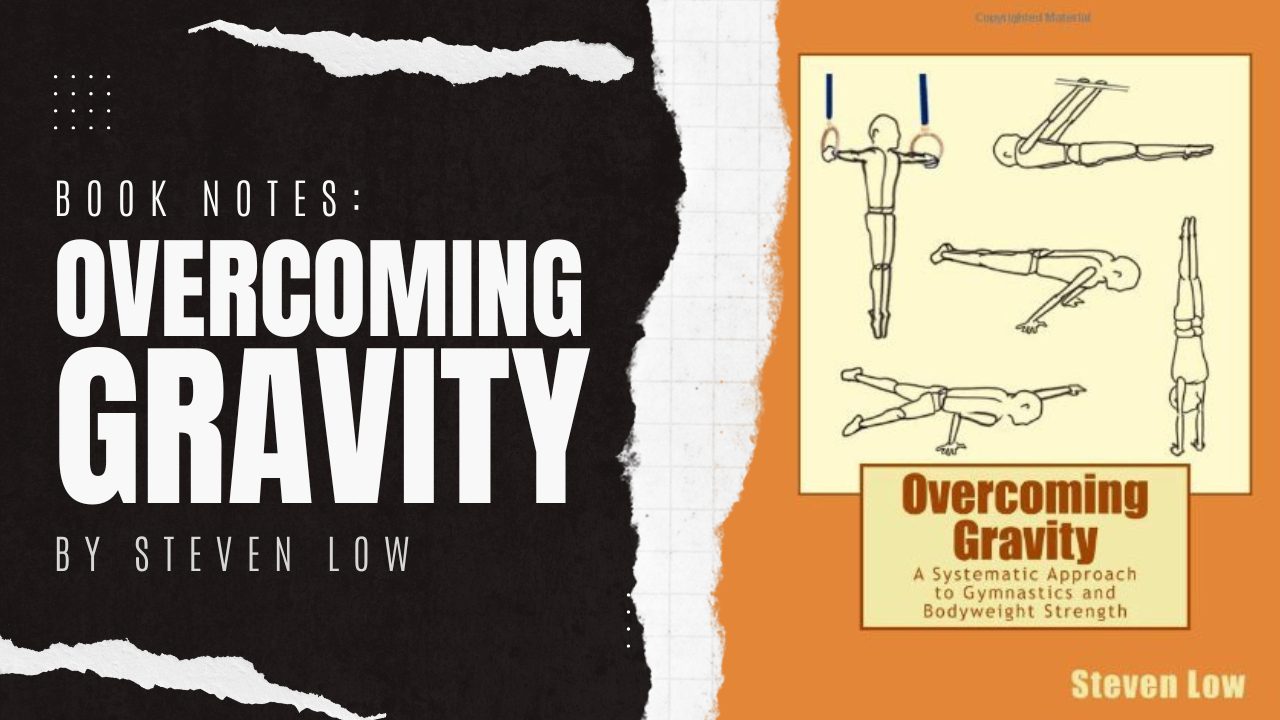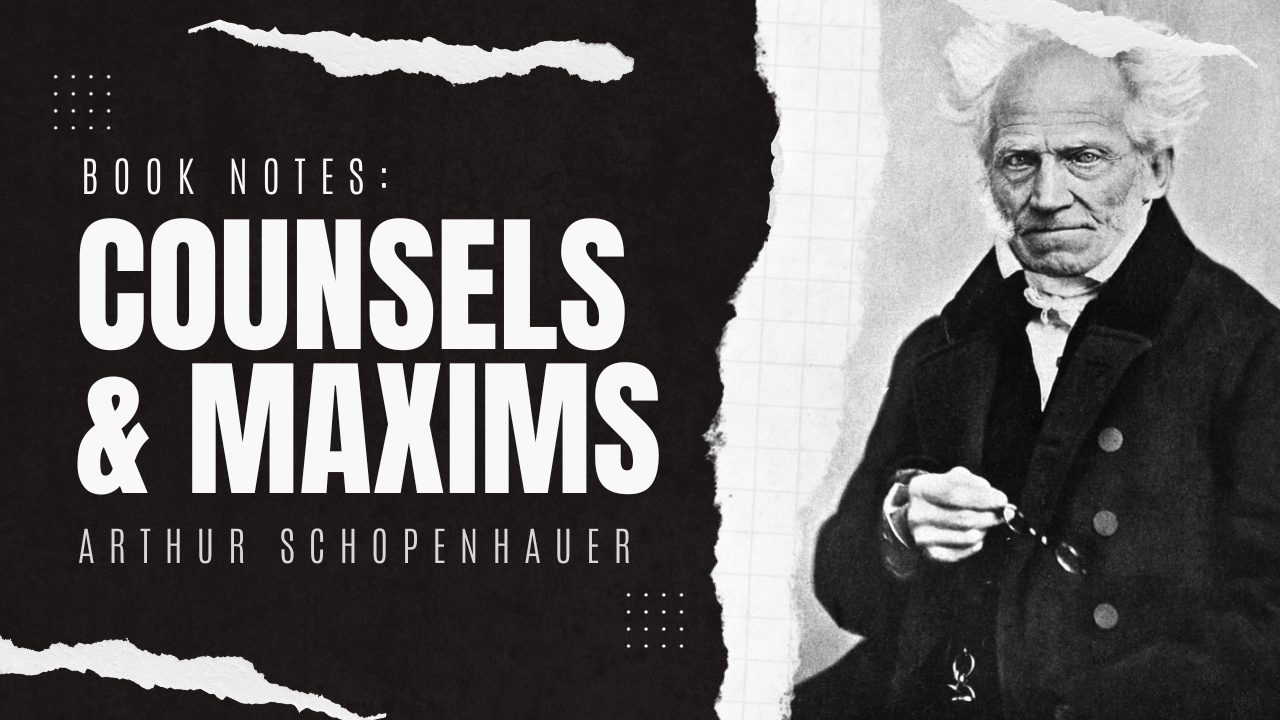
I’d definitely place “Overcoming Unwanted Intrusive Thoughts” among the books that had an actual positive impact on my life.
As an extreme pragmatist, I always strived to dissect my worries into actionable steps.
Although this works amazing most of the time, I sometimes got stuck in unecessarily long cycles of thought patterns. And only after reading the first chapter, without even having finished the book, my way of addressing racing thoughts completely shifted.
Note: as usual in my book notes, this is neither a book review nor a summary.
These are just notes that make most sense to me.
My Notes from “Overcoming Unwanted Intrusive Thoughts”
In summary, the authors introduce 3 roles:
- Worried Voice
- False Comfort
- Wise Mind
They describe that all unwanted and inthrusive thoughts originate from Worried Voice and False Comfort trying to impose their frame on each other.
This starts an endless cycle where Worried Voice triggers insecurities, regrets, and anxiety, while False Comfort is trying to “solve” each of them:
- Worried Voice: What if I X?
- False Comfort: If you X, you will Y.
- Worried Voice: But then Z will happen.
- False Comfort: If Z happens, you’ll handle it, just like last time.
- Worried Voice: I still feel ashamed of the last time.
- False Comfort: Yes, but you learned a lesson.
- Worried Voice: How do I know that I’ll do better next time?
- … repeat ad infinitum.
As you can see, this creates a destructive cycle of these roles explaining to each other.
The victim is the owner of the mind, ending in a chaos of racing thoughts that try to top each other up.
The solution is the role of Wise Mind, which just accepts the thoughts and lets them be.
Ideally, an inthrusive thought should be handled as such:
- Worried Voice: I think…
- Wise Mind: This is an inthrusive thought.
- Worried Voice: What if…?
- Wise Mind: I accept and allow thoughts.
- Worried Voice: But what if…?
- Wise Mind: I’m letting time pass.
- Worried Voice: This is serious…
- Wise Mind: Not responding. No answer is needed.
An alternative way to describe this would be:
Unwanted Thoughts Aren’t Actual Problems
They shouldn’t be different than thinking about carrots… Or anything else that’s “normal”.
At the end, it’s all just thoughts, there’s no need to rationalize or act on every one of them.
There’s nothing to solve, there’s nothing to address.
Just move on.
The Formula
In summary, this is the formula that the authors suggest:
- Recognize – A-ha! Here’s a thought that worries me.
- Just thoughts – Trivialize it to “it’s just a thought”.
- Accept and allow – Thoughts come, let them to. Just don’t address the content.
- Float and feel – Maintain an attitude without activity, urgency, or effort.
- Let time pass – Don’t rush to “solve” the thought. Let it be. Observe your reactions.
- Proceed – Don’t be practically handicapped.
To be honest, I found some of the steps redundand because they’re too similar to each other.
Plus, the last thing a chaotic mind needs is to remember a list of 6 items.
However, the idea is priceless and I made a simpler version of it that works perfectly for me:
TLDR Recognize and accept.
And just continue.
Further Commentary
Again, the key step is to Recognize.
The rest is a natural follow up once we’re conscious about the nature of a thought.
Your inthrusive thoughts should lose all their power to convince you that they need addressing. You don’t say “it’s nothing serious” because then False Comfort engaged. You just don’t respond. Responding to Worried Voice keeps it going. Rationalizing an inthrusive thought is what increases the entanglement.
The goal is to not even care that a thought emerged. Again, same as thinking about “irrelevant” things, such as carrots.
Notes on Alternative Methods
Trying to avoid inthrusive thoughts won’t work.
This is because fear is unstoppable as a trigger. It signals the body before the consciousness can.
In other words: the thoughts will come. Allow that and address them using the right method. Avoiding them means they’ll catch you unprepared in the future.
Alternative methods (such as meditation and mindfulness) are great, but they don’t solve the emergence of inthrusive thoughts. They may decrease the entanglement down the line, but that’s it.
Remember, the exposure to unwanted and inthrusive thoughts is perfectly fine when done right.
And if you get stuck, just ask yourself:
“How would the Wise Mind respond?”
 Husband & Father
Husband & Father  Software Engineer
Software Engineer 









